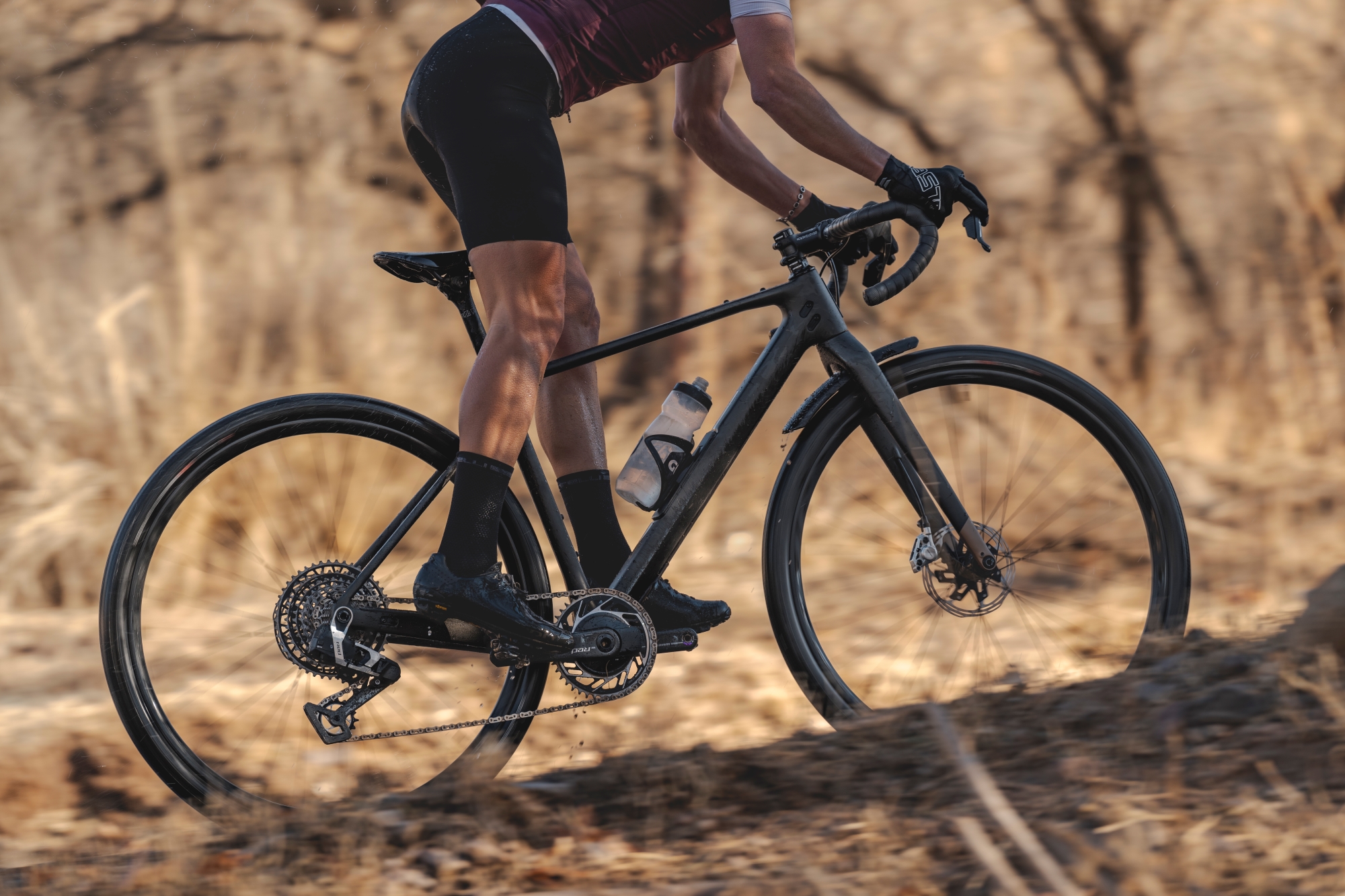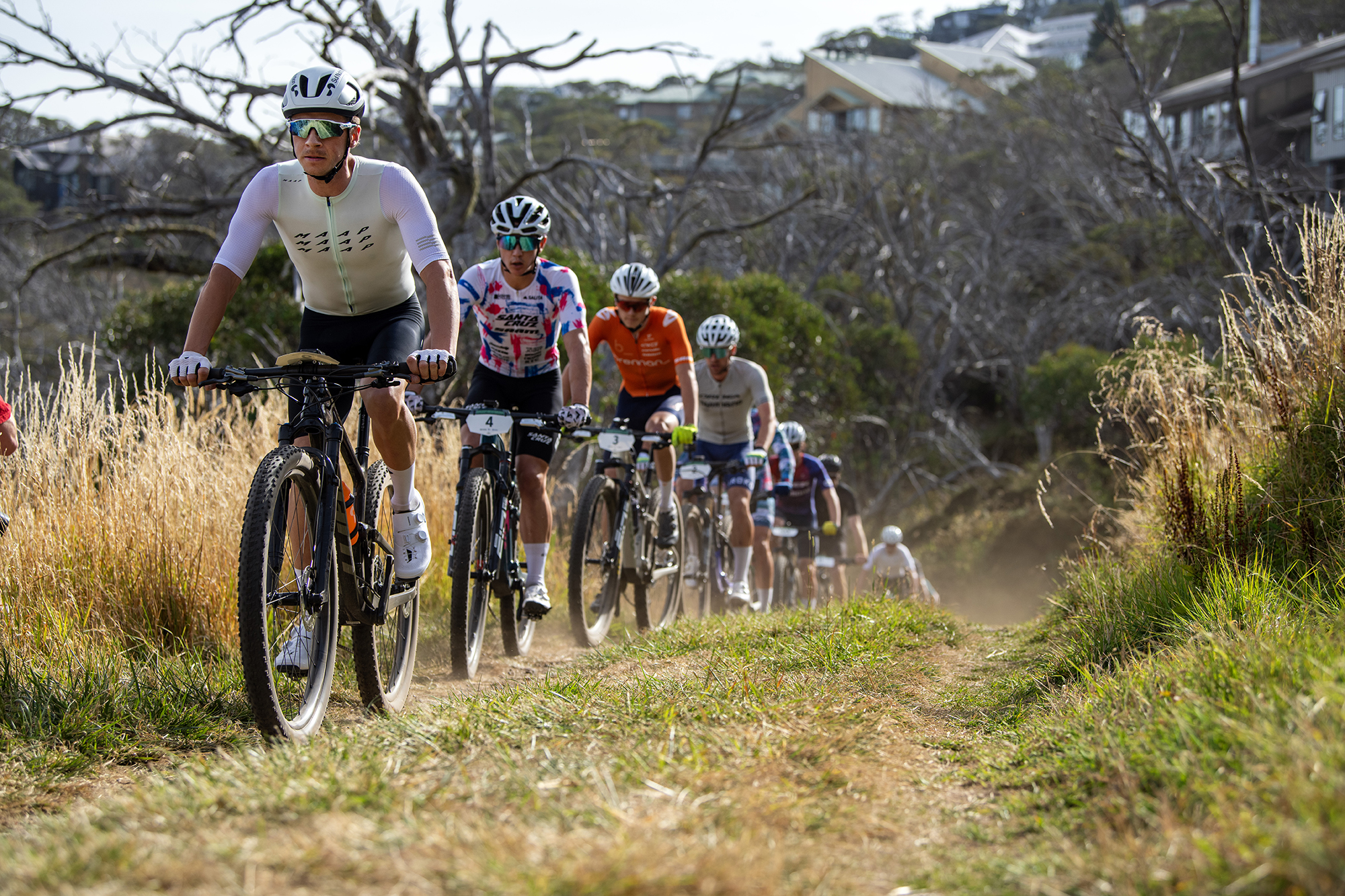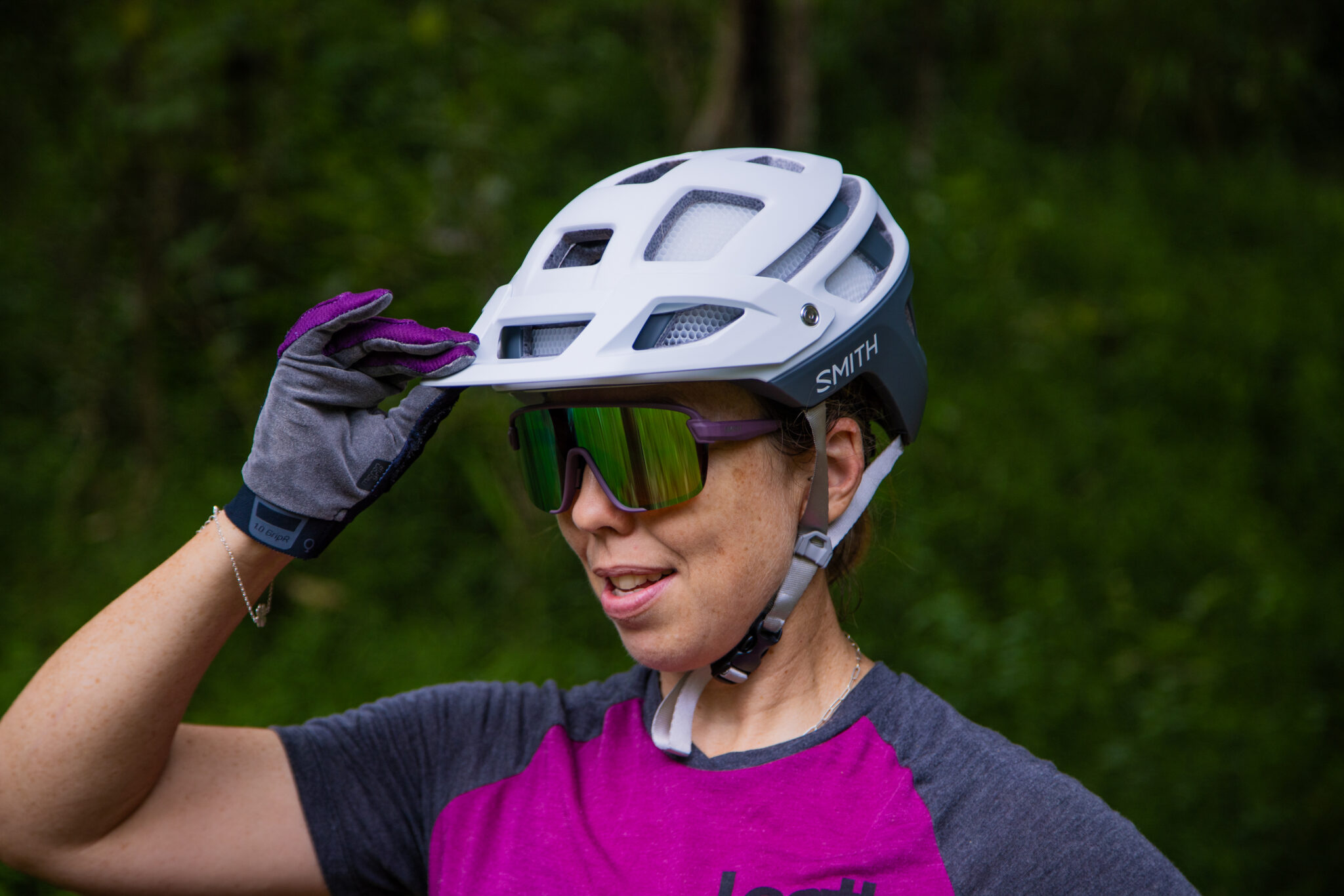Testing to measure progress
You can improve unless you know how fit and fast your are now, Anna Beck devels into the best ways to figure that out
Words: Anna Beck
Photos: Nick Waygood
Progress is hard to measure if you don’t know what you’re looking for. This article discusses some of the different ways we can assess and reassess progress in different facets of cycling, with varying levels of equipment required.
Skills testing
Skills really underpin the foundation of riding success. Sure, for longer marathon or gravel events the engine usually wins out over ‘extreme steeze’, but if you have better skills you can be more efficient by using less energy and recovering through the singletrack, and be faster when it matters. It’s safe to say that in all other disciplines, however, your ability to win a race will be inextricably linked to riding skill.
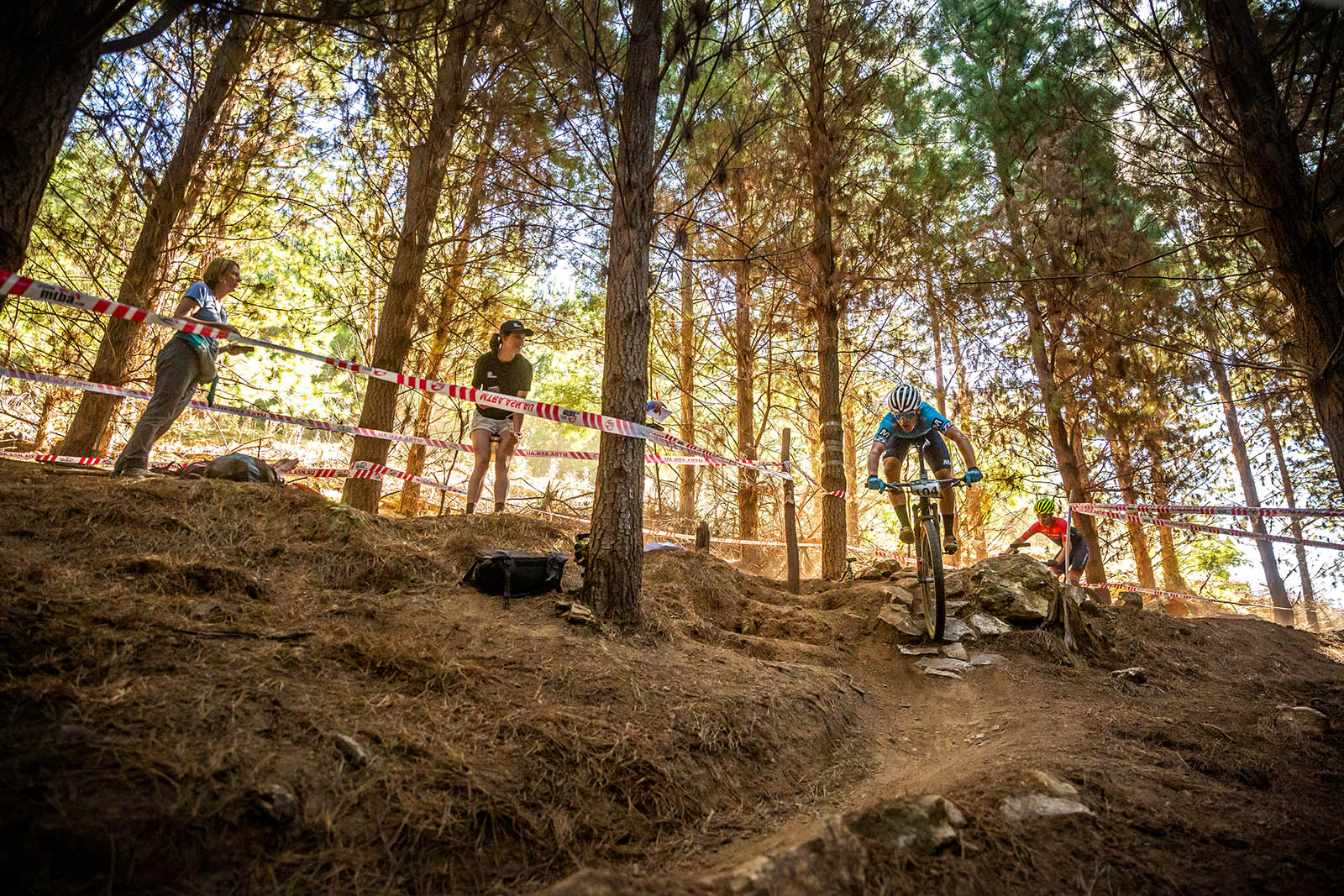
There are a few ways you can test then reassess your skill progression:
1. The Rolly Run
Select a downhill run that requires minimal pedalling, preferably more flow track with some pumping required. The idea here is to try and get all the way down (if possible) without pedalling, by using body position and reducing reliance on the brakes. Many runs will have limiting factors like short climbs, but success and increased skill is measured by increased distance of the descent before you need to pedal, and if you can get through it all, the speed at which you can complete it. It’s easy to measure this even if you’re not into Strava: hit lap at the start then lap again if you start pedalling. Compare runs to see the distance you’ve completed each time and how much you have improved.
2. The Strava Run: DH
Strava is many things to many people, but aside from KOM/QOM chasing it can be a great tool to assess your performance throughout time. With the increase in popularity of Enduro racing, it’s handy to see what times riders do on stages and be able to aim towards improvements to get you towards the top of the leaderboard. For those less interested in the ego-driven aspects of the app, you can still compare segments in private mode to assess your progression.
One way to test your skills progression is to carefully select several segments that represent different technical features. For example, a flow run, a steep and rocky run, and perhaps something that features a mixture of both. Have a dedicated testing session where you hit these segments all out, on a day when you are fresh.
Periodically throughout training, head back to those same trails: hit them in the same order, same time of day and make note of any bike suspension or tyre pressure settings. If you don’t have Strava, you can use the handy ‘lap’ button feature and manually compare times across sessions.
Check your times to see if you have improved: if you use heart rate is it lower or higher? If you use power are there differences in your gross output? Peak power? While the time is the biggest factor, having a look through data gives us extra elements to assess how we are getting down the hill.
Lo-Fi Fitness Testing
Similar to using Strava to assess changes in descending skill, it can also be used as a tool to assess fitness for XCO and XCM athletes.
What you will test will depend on what you’re training for. In the absence of many events at the moment, it could be a good idea to think about what energy system you’re targeting and work out what to test to assess progress. In these uncertain times, it’s not a bad idea to work on weaknesses and race limiters. For example, if you’re an XCO rider with great top end power but lacking in the threshold department, targeting a long-sustained segment or climb (20–60min) will give you a good approximation of your threshold development.
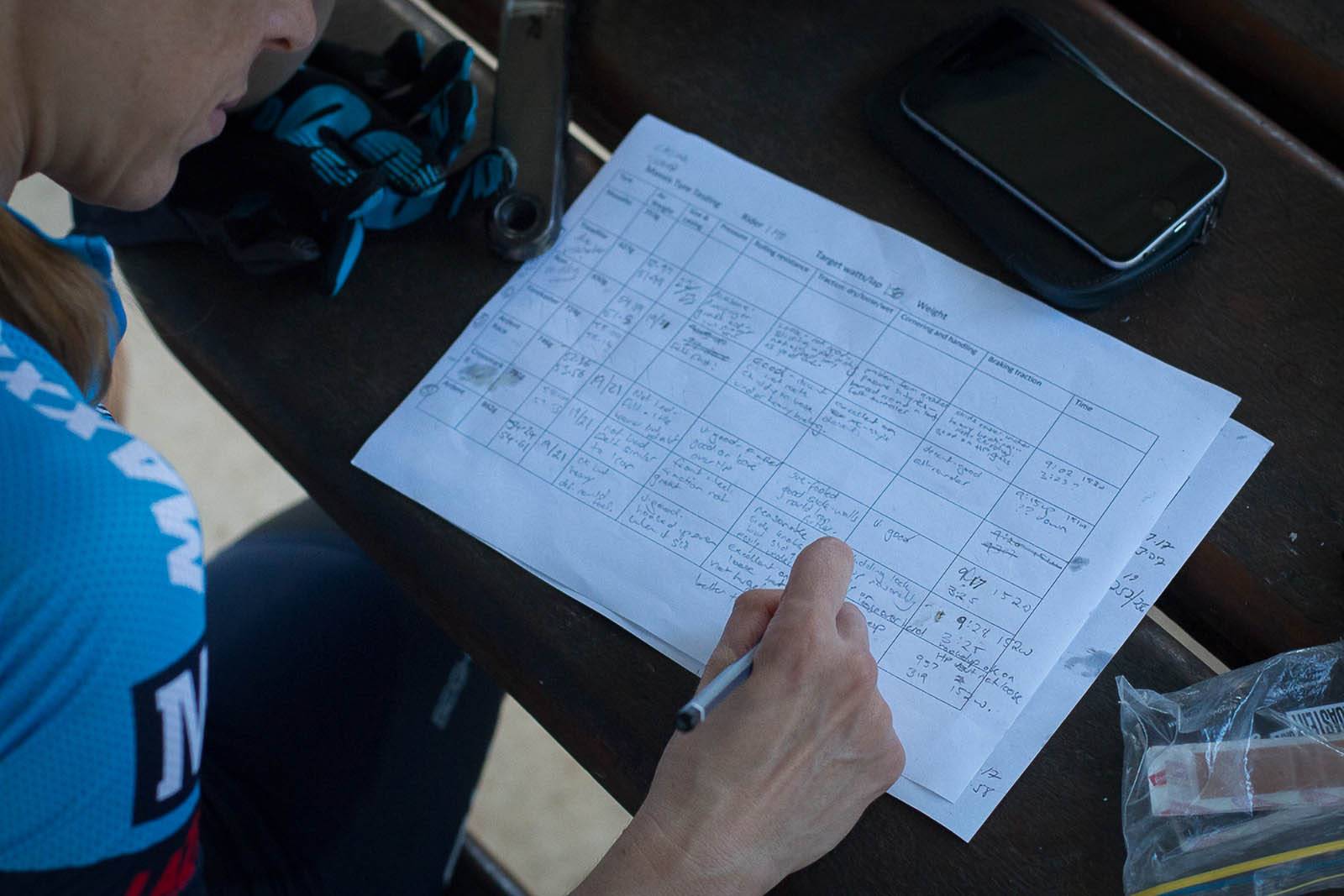
The caveat? If you test at the shorter duration and you’re strong anaerobically/glycolitically (ie: good at short stuff) your top end ability can skew results, so try testing on a longer segment. This is also great way to track changes in fitness for XCM riders.
For XCO specific fitness, test on a loop that represents an XCO course closely (4-6km, one or two climbs and descents, with technical singletrack and fireroad), hitting lap at the start and finish of each lap. Training on the course weekly, and testing monthly, will give you good insight into whether your training is effective. Plus it’s fun (well, type-2 fun).
Power-based fitness Testing
It’s pretty difficult to measure physical parameters like VO2 max, onset blood lactate accumulation (OBLA) maximum lactate steady state (MLSS) or Lactate/Ventilatory Threshold 1 and 2 etc without some pretty high tech equipment.
But now with the advent of power meters, we can bring a huge part of what was once only available in the lab, out on the trail. Power meters start at around $500, and are the gold standard at measuring output. Heart rate is a great training tool, but doesn’t tell you the change in your output, and can be affected by many other environmental and endogenous body processes.
Power Based Testing for Gravity Athletes
If there’s one strength gravity athletes have to have, it’s peak power and repeatability. We can track changes in peak power pretty easily with a peak power test; It’s easy to assess, doesn’t cause much fatigue and can be tracked throughout the season. Of course, Gravity also requires aerobic fitness so adding on a 4min max test (loosely representing maximal aerobic power) at key times in the season can also be useful.
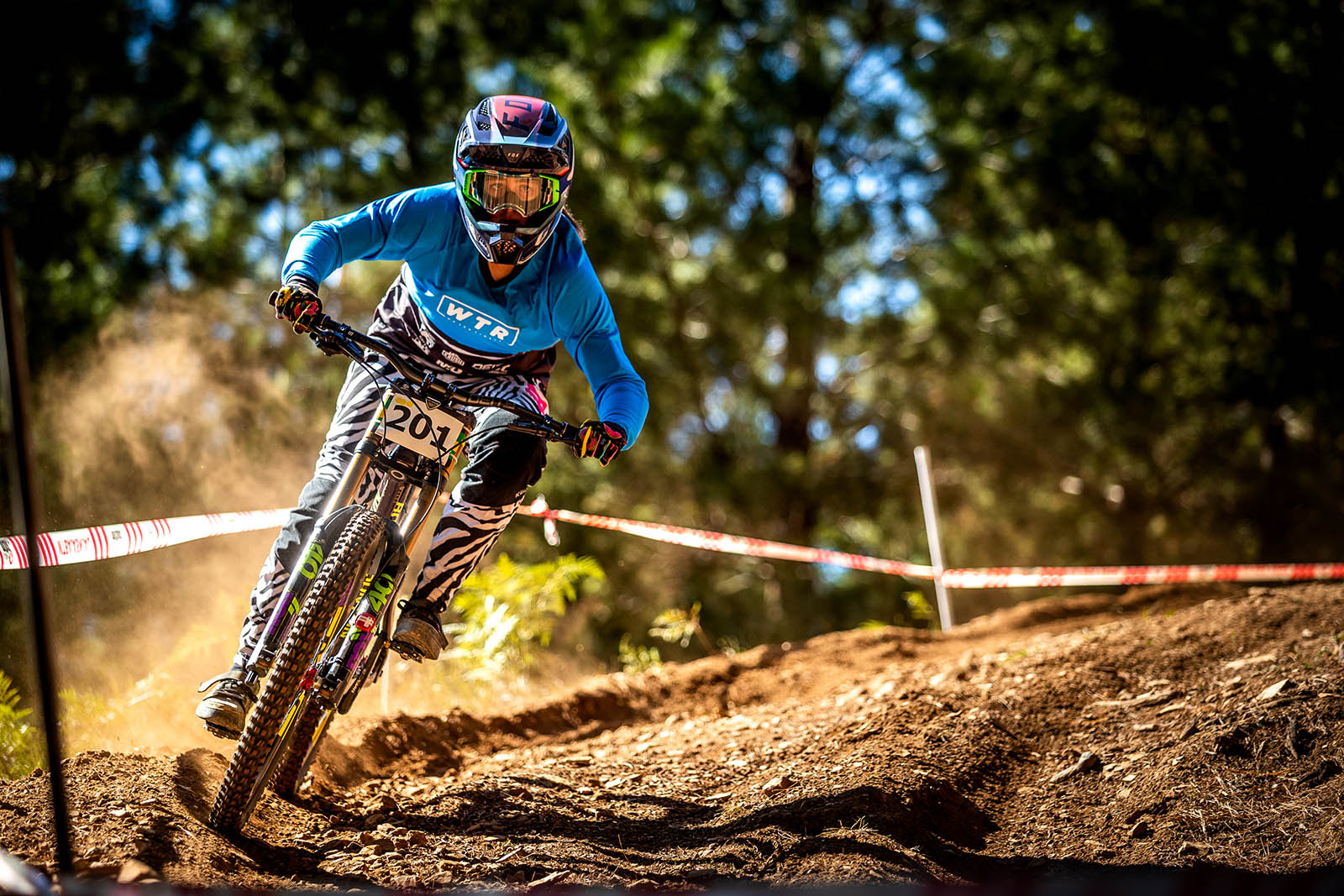
Power Based Testing for XCO/XCM/CX
While all these disciplines are heavily aerobic, the power requirements of each are lightyears apart. While the stochastic nature of CX means that the ability to punch >120% FTP out of the seat repeatedly for 1hrs is a determinant of success, XC performance is correlated strongly with high level output of 1–5min duration with a high level of repeatability (gained through increasing aerobic fitness and raising that ceiling of threshold), and XCM riders should have a strong threshold, but more importantly the ability to ride at high percentage (80-90%) of threshold power for a long time for those 20–90min climbs.
A full power profile is a great way to track changes in all durations, and depending on what the event is you’re targeting you can select different power durations to test. The caveat? As power zones are based upon FTP, it’s important that the longer duration test is completed a few times in the season – but not so often that you’re burning up motivation matches by completing it too regularly.
Test discipline specific zones throughout training blocks. Try to come into testing well rested and eager to perform. Don’t be concerned if certain power-durations decrease as other’s increase: throughout a season training will emphasise aerobic or anaerobic performance. The body is an amazing machine and will change and adapt: for example after a sustained threshold phase without any peak power, it’s quite possible (and likely) that your peak power may decrease!
Finally, remember that you are more than numbers and this is just a really cool hobby for most of us. Your self worth shouldn’t be based on your testing numbers.
Power Profile Testing for Endurance Athletes:
– 10-15min warm up (self-selected)
– 15sec maximal test (making not of gear selection)
– 4min recovery
– 15sec maximal test
– 10min recovery
– 1min maximal test
(warm down here if completing across two sessions)
– 10min recovery
– 4min maximal test
– 10min recovery
– 20min maximal test
– warm down
Peak Power Test:
– 10min warm up (self selected)
– Select a gear that allows reaching peak power and cadence after 2-3 seconds of maximal exertion
– From a stationary start, explode for 6 seconds
– Check gear (was it too hard or easy, adjust for next one)
– 2min recovery
– Repeat Peak power test (with adjusted gear if required)
– Warm down (or continue with other protocols)
Key things for fitness testing:
– try to limit variables by keeping conditions as consistent as possible
– start at the same time of day, with similar weather conditions and same bike set up
– keep gross as similar as possible (ie don’t take extra gear or water bottles!)
– Track your own metrics before testing (bodyweight, fatigue etc)



